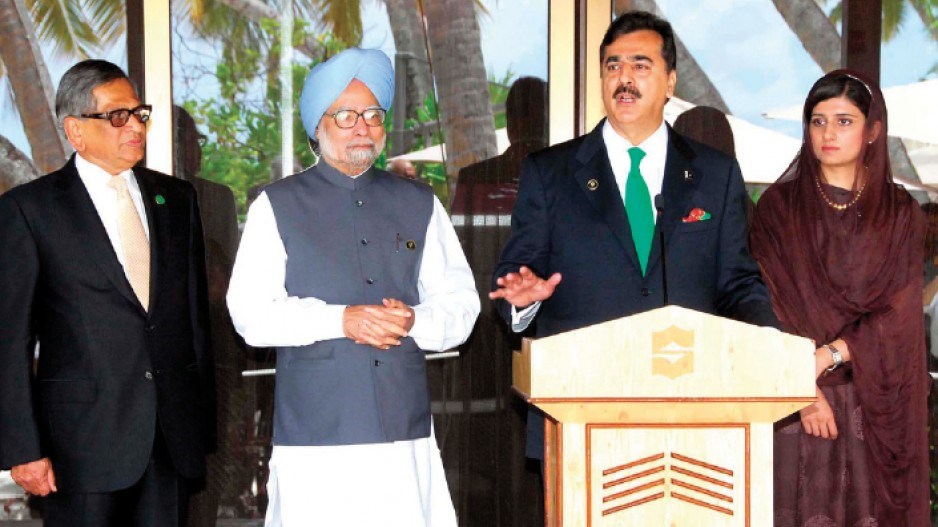If Indian Prime Minister Manmohan Singh’s political career had ended in 1996, when as finance minister for five years he oversaw the radical reform of the economy, history would be kind to him.
Singh had the misfortune, however, to be drafted into the prime ministership by Sonia Gandhi when her Congress Party-led alliance came back to power in 2004.
A few days ago Singh, 81, announced he will not seek a third term as prime minister after national elections to be held in April or May. Unfortunately for Singh, the historical record is likely to be dominated by his lacklustre decade as head of government when corruption among New Delhi politicians and officials has reached unprecedented levels, and even competent economic management slipped from his grasp.
Domestic media in India is portraying Singh as a sad and pathetic figure. Most reports emphasize that he only became prime minister because Sonia Gandhi wanted a compliant person to hold the post until her son, Rahul, was ready to take over the leadership of the Congress Party, which has been dominated by the Gandhi/Neru clan since independence in 1947. The intention was that Singh would continue playing his strong suit – managing the economy – while Sonia Gandhi would play the political power broker in the back rooms and prepare the stage for her son. Instead, Singh’s image as a place man and puppet swiftly undermined his authority and he bumbled through a decade of political impotence surrounded by openly contemptuous colleagues.
Rahul, the party vice-president, has been working as a party organizer for several years, but without much evident success – Congress did very badly in recent state elections. Both his father and grandmother were Congress leaders and both were assassinated, so it is still uncertain he will want this dangerous crown.
And polls indicate that opposition leader Narendra Modi and the Hindu nationalist Bharatiya Janata Party (BJP) could win an outright victory in the coming elections. Modi has risen to national stature after 11 years as chief minister – the equivalent of a Canadian premier – of Gujurat State during which this western province has seen remarkable economic growth.
Modi is popular with the business community, among urban voters and the young. Half of India’s 1.2 billion population is aged under 26, and there will be 150 million new young voters in this election.
Even the most generous verdict on Singh’s best years as an engine of economic reform in India has to concede that they were successful because his patron, Congress Party Prime Minister Narasimha Rao, had the political will and skills to push the policies through.
Singh, an Oxford University economics graduate, had held several senior posts in the Indian civil service when, in 1991, Rao made him finance minister. At the time, India faced an economic crisis of gargantuan proportions with the collapse of New Delhi’s ally and economic model, the Soviet Union.
Singh devised a program, pushed through by Rao, which saw devaluation of the currency, the rupee, and adoption of an austerity program. He also took a scythe to the clinging and stultifying long grass of industrial regulations, and the even more inhibiting “license raj” of government permissions. Other reforms included removing barriers to foreign investment, giving tax concessions to corporations and curbing union activism.
These reforms unleashed a flood of Indian entrepreneurship and economic growth. By 1995, India was attracting more foreign investment than it had in the previous four years combined, and the whole atmosphere was, and to a large extent still is, that of a country on the march to a bright future.




